
Department of Computer Science
Cognitive Systems Group
Event-Based Vision for Fast Robot Control
When a Table Tennis Robot meets Event-Based Vision
Andreas Ziegler
You can’t get enough of neuromorphic vision - Zürich Hackathon
ZHAW
2024-10-22
Our table tennis robot
Where it started (frame-based)
Our table tennis robot
Where it started (frame-based)
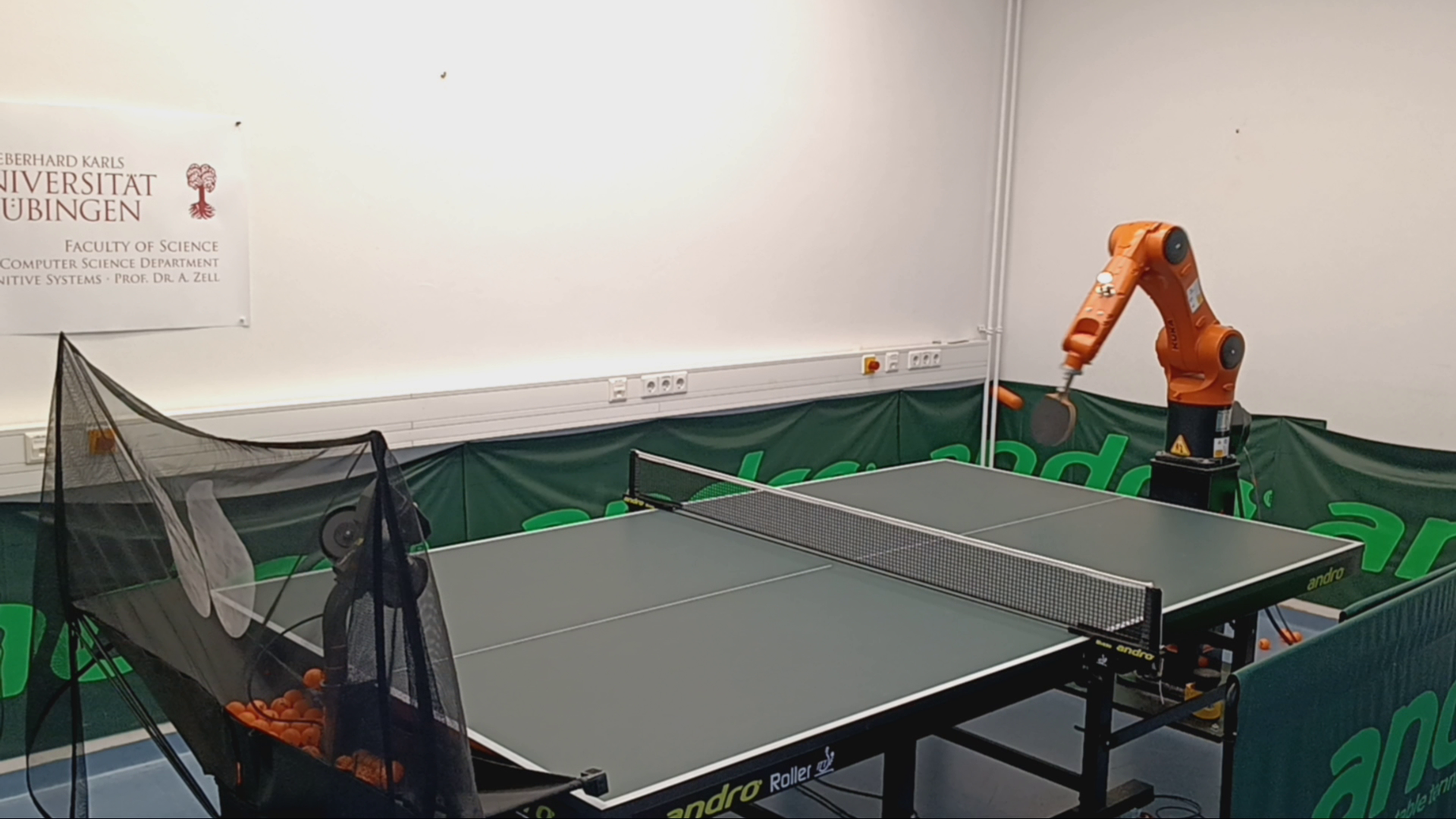

Our table tennis robot
How it continued
Sony AI was interested in the application
A good use case to evaluate event-based vision
- Fast processing time (\(1\)s - \(0.1\)s) is crucial
Our table tennis robot
The setup


My research
- Table tennis vision tasks [CoRLW, Ziegler, 2023]
- Ball detection (wip)
- Spin estimation [CVPRW, Gossard, 2024], (wip)
- Neuromorphic [arXiv, Ziegler, 2024]
- Event-based vision:
- Camera simulator [ICRA, Ziegler, 2023]
- Camera calibration [ICRA, Gossard, 2024]
- Automatic bias tuning (wip)
Today’s talk
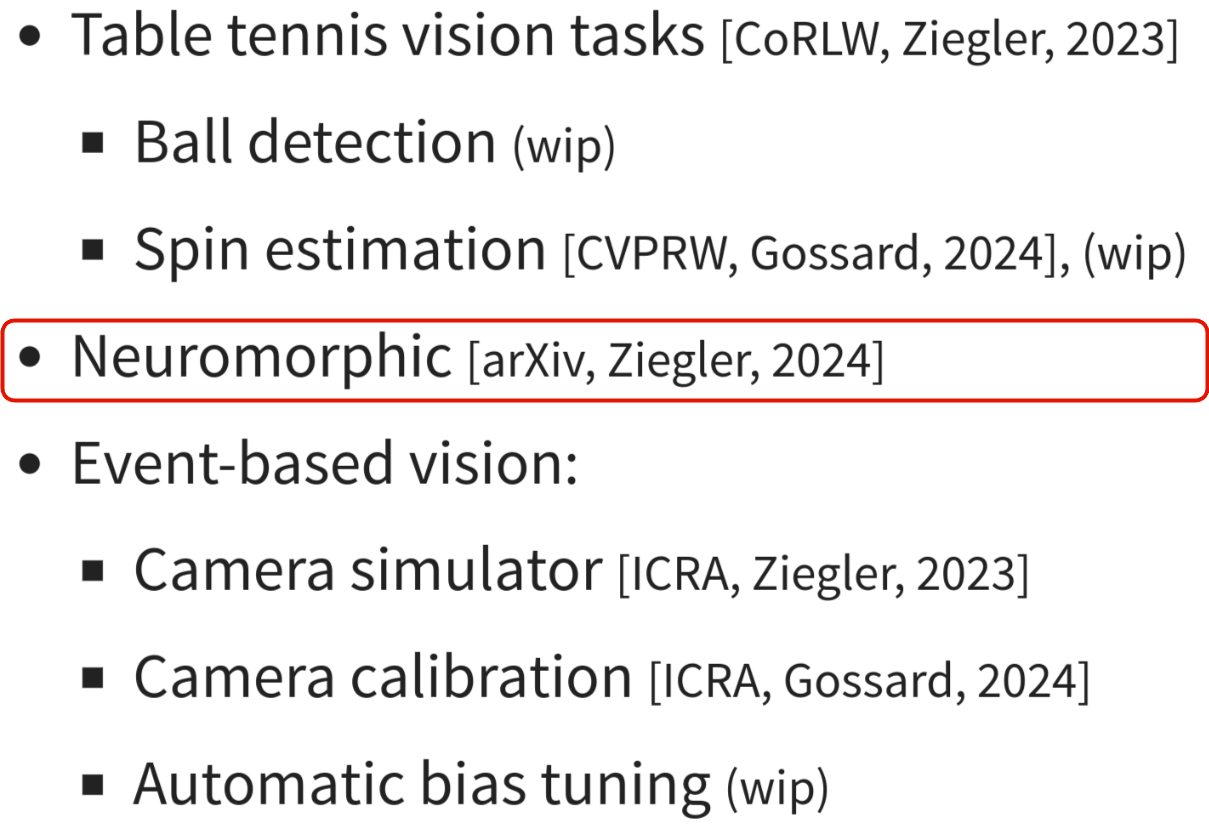
Fast-Moving Object Detection with Neuromorphic Hardware
Andreas Ziegler\(^1\), Karl Vetter\(^1\), Thomas Gossard\(^1\), Sebastian Otte\(^2\), and Andreas Zell\(^1\)
\(^1\) University of Tübingen, \(^2\) University of Lübeck
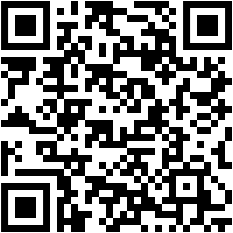
https://cogsys-tuebingen.github.io/snn-edge-benchmark/
Do you see the difference?
Visual Cortex:
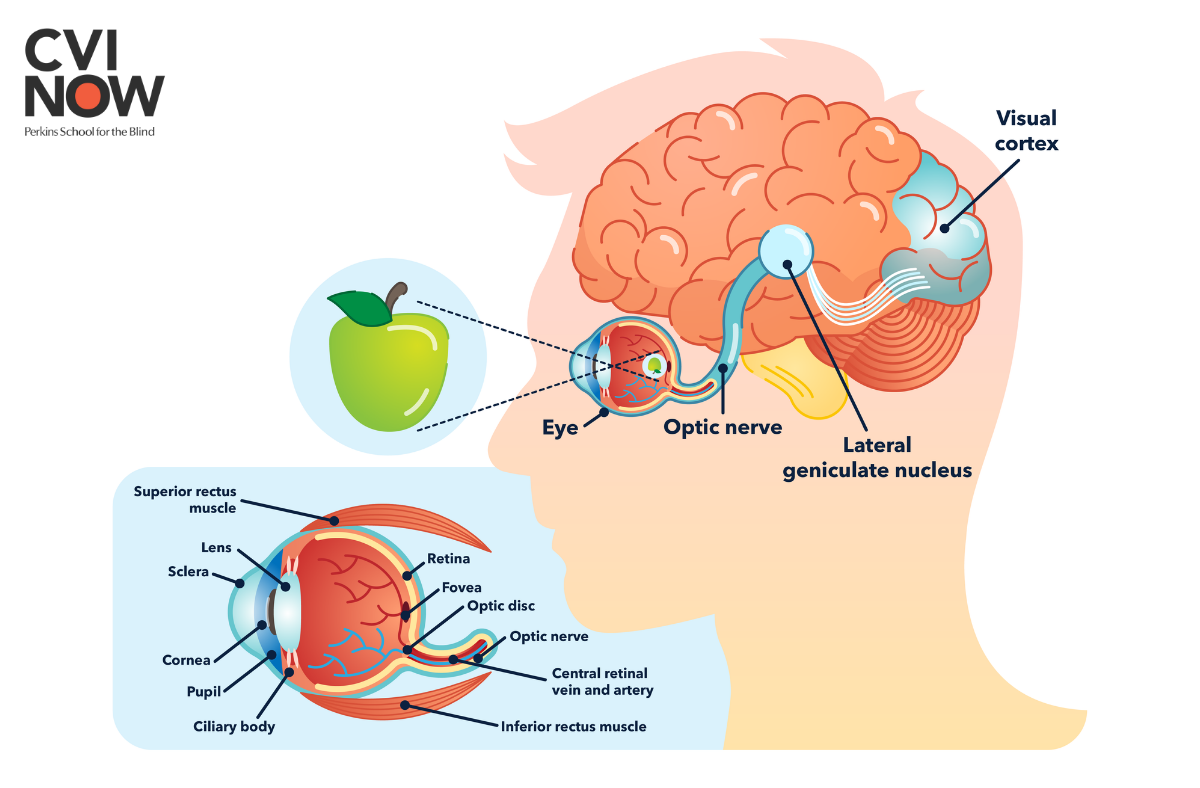
- Power consumption: 2-3 Watt
- Performance: \(10^{16}\) FLOPS
Neural Networks:

- Power consumption: 200-300 Watt
- Performance: \(10^{12}\) FLOPS
Neuromorphic Computing
The next generation of Neural Networks
Spiking Neural Networks:
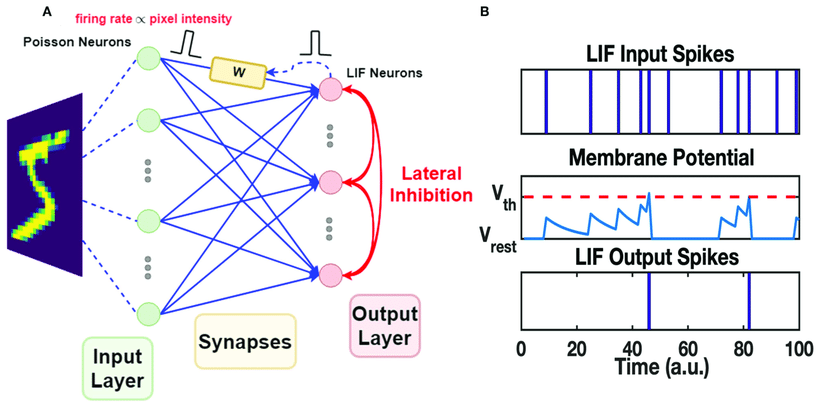
Event-Based Cameras:
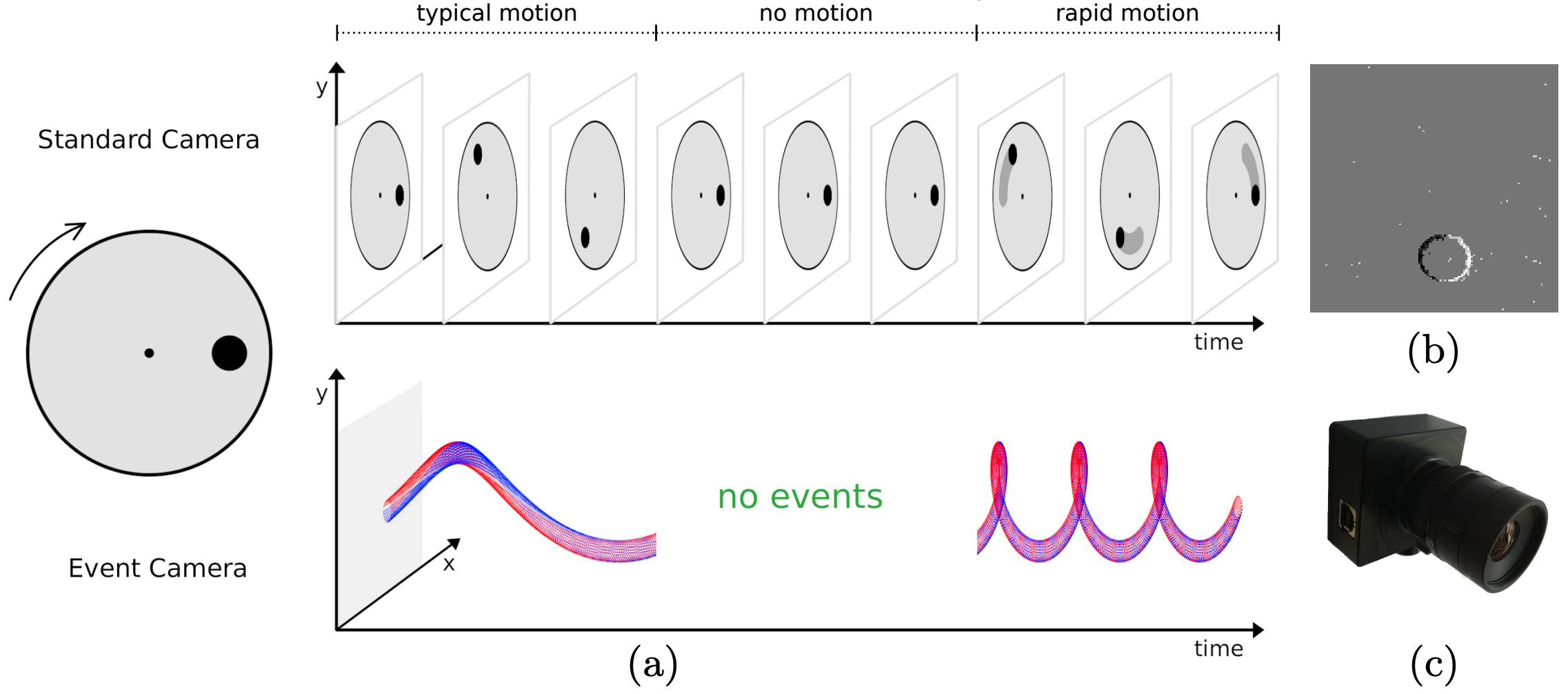
Neuromorphic Computing
What \(>90\%\) of research is doing

Neuromorphic Computing
What \(>90\%\) of research is doing

But this is really inefficient

Neuromorphic Computing
for Robotics
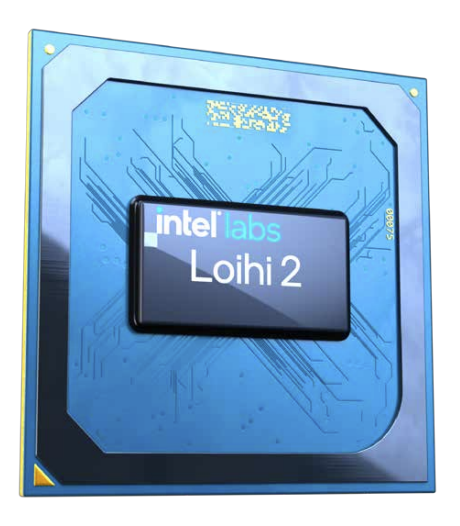
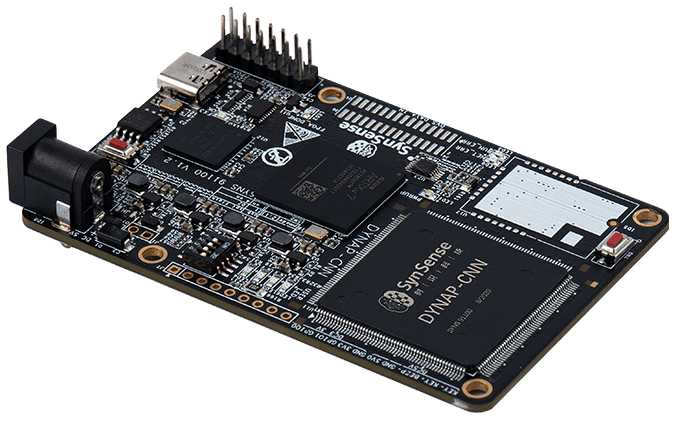
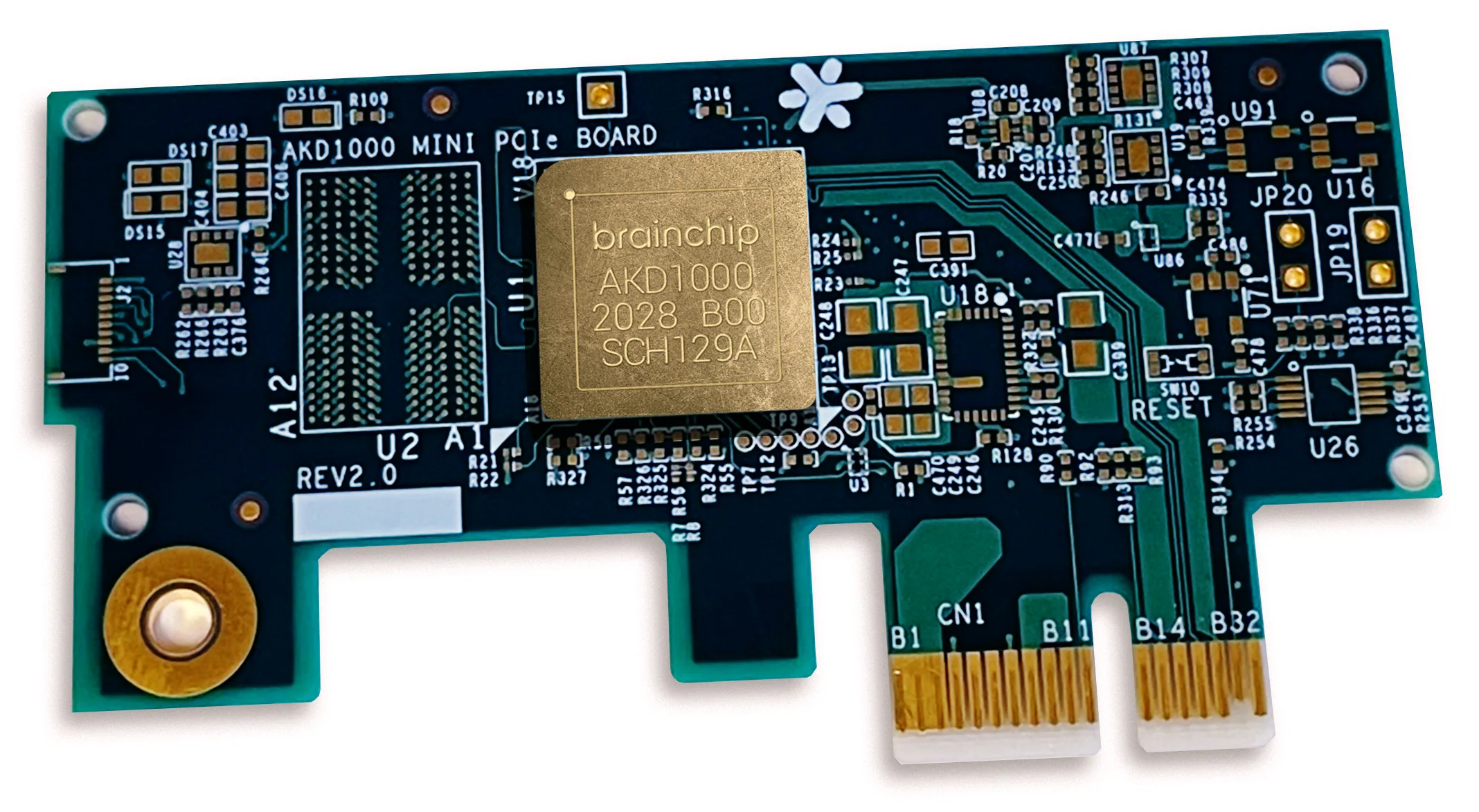
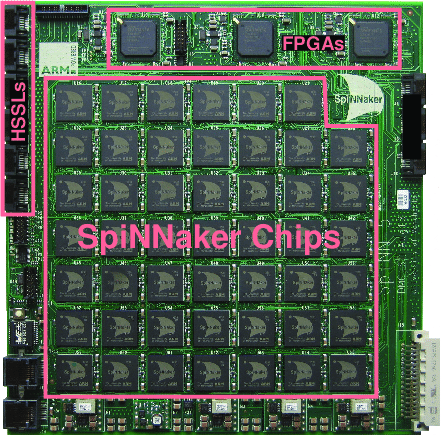
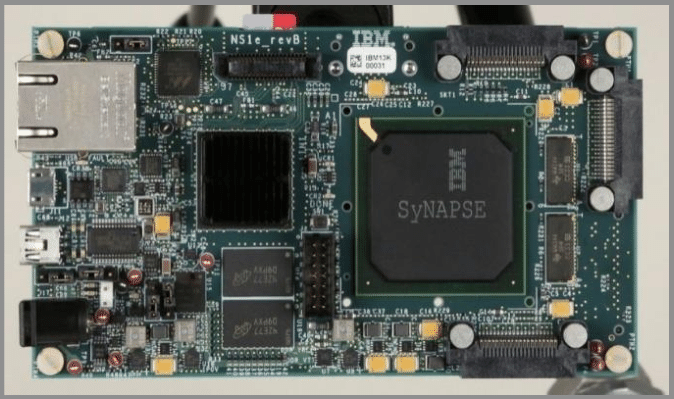
Nice, but what about the specs?
DynapCNN Specs 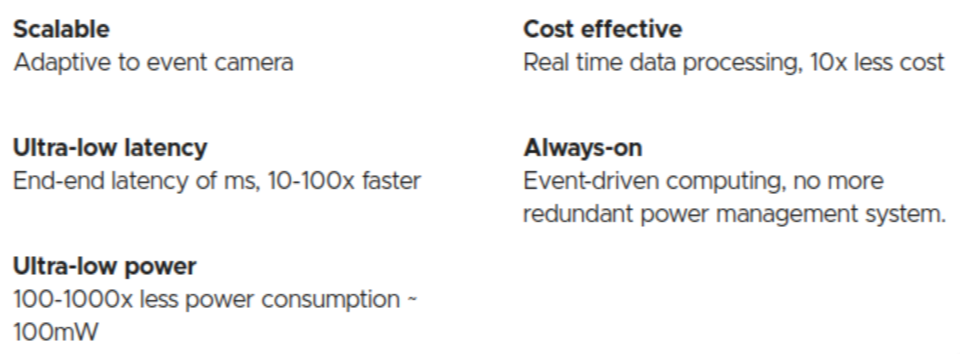
Akida Specs 
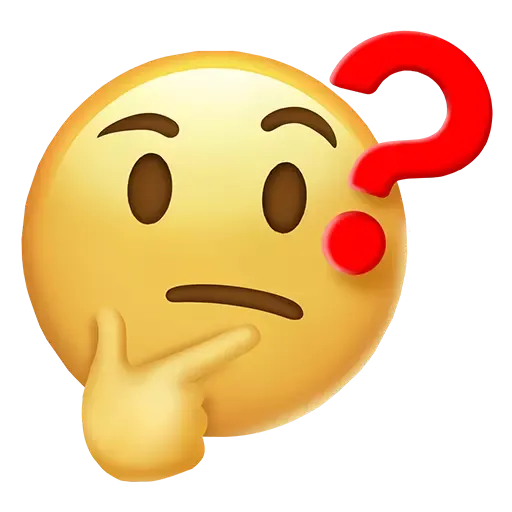
A Benchmark of NC Hardware
We compare…
- the inference time
- the time per forward pass
- the power consumption
of the
- SynSense DynapCNN
- BrainChip Akida
- Intel Loihi 2



The benchmark task
Ball detection
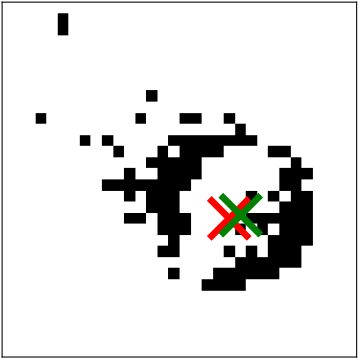
The networks
Three SNN frameworks, three architectures …
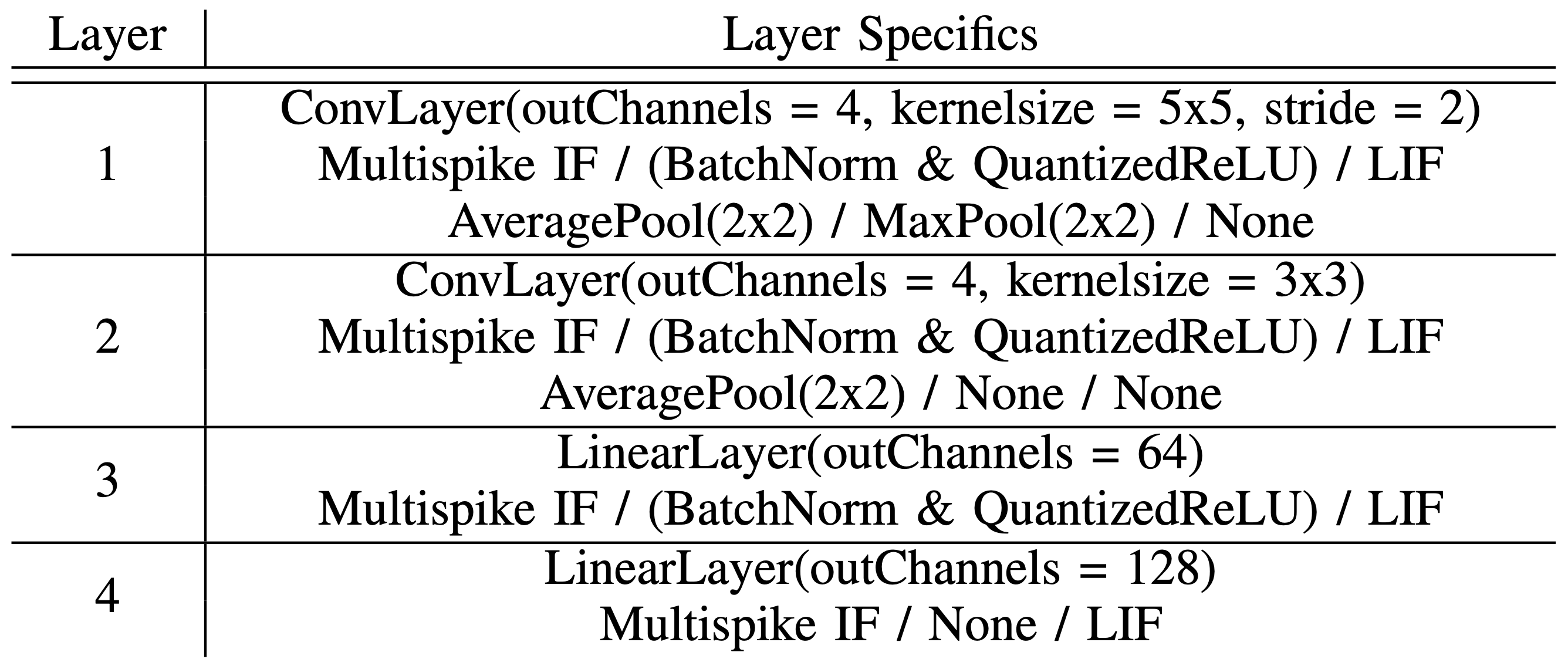
DynapCNN (sinabs) / Akida (MetaTF) / Loihi2 (Lava)
Machine Learning needs data

We project 3D points from the FB pipeline into the EB camera frame
Some more manual labeling

The benchmarking setup

The benchmarking results

Let’s get into more detail

Note: Hardware integration matters!
Now to the (real) robotics part

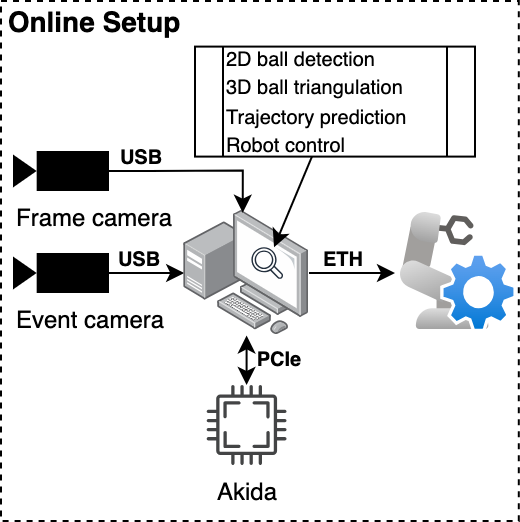
The whole setup in action
Conclusion
NC and SNNs are promissing for robotics
However, hardware is still in its infancy
Hardware integration is key to make it usable
Thanks
The organizer for the workshop and the invitation
Sony AI for funding the project
The Cognitive Systems Group for the infrastructure
My co-workers, students and colleagues:
Thomas Gossard, Jonas Tebbe, Karl Vetter, David Joseph, Emil Moldovan and Sebastian Otte
Let’s stay in touch and collaborate
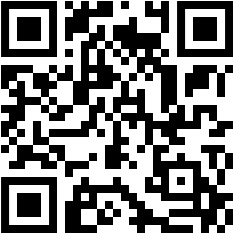
My topics:
- Real-time object detection
- Object detection in clutter
- Ball spin estimation
- Automatic bias optimization
- Event-based vision for tactile sensing
Email: andreas.ziegler@uni-tuebingen.de
Event-Based for Fast Robot Control - Andreas Ziegler